SEO Copywriting Strategies: The art of writing for search engines is always in a state of change. One day, something that worked for many years suddenly doesn’t do it anymore.
This is a reference to a time when Google changed its search operations to SSL, which meant that Google Analytics could no longer track the keywords received.
Without keywords, you can no longer understand which phrases are sending visitors to your posts. As a result, it becomes much more difficult to write a copy that includes specific keyword phrases. Fortunately, many brands have decided to provide keyword research and suggestion tools.
But, SEO Copywriting is not just about keywords. It is what is inside the post and articles that make the difference. With the introduction of RankBrain and the constant growth of Voice Search, we see a slow but steady change in the way search engines interpret written content.
And the only way to keep up is to adapt.
Algorithm
Google has always tried to ensure that the content of the list is user-specific. In the early days of SEO, and until 3 or 4 years ago, it was possible to find many of the search engine algorithms.
Now, Google’s technology to understand user behavior has improved significantly. And a great change is taking place, which considers the behavior of the user, in its pages, as an important classification sign.
The RankBrain algorithm wants to know if users access pages that provide the necessary answers:
- Is the content of this site written in a formal or relaxed tone?
- Does this page answer a specific question in a concise format?
- How much time does a user spend on a page before leaving?
- Do visitors interact with items outside the content area?
Overall, Google’s RankBrain will continue to search for a reason to rank its pages above.
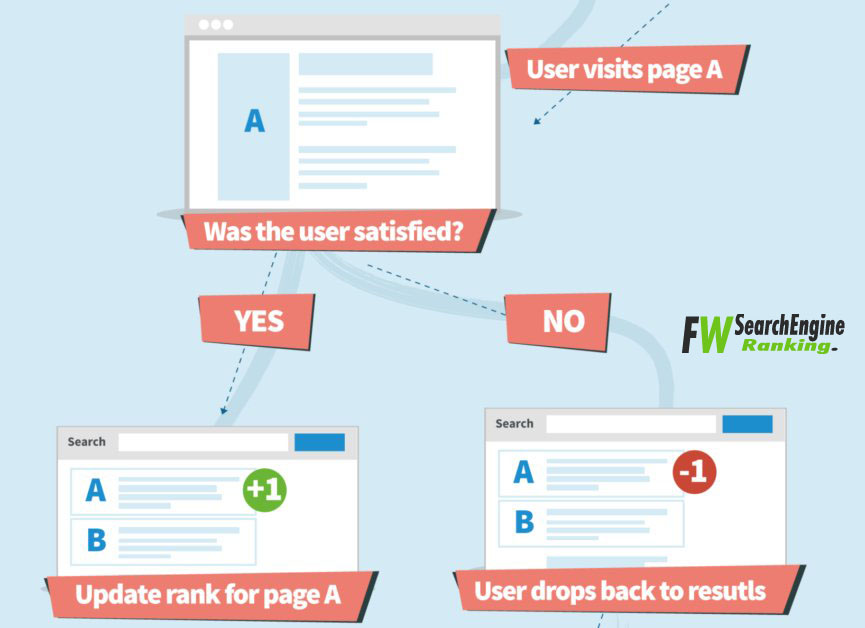
Returning visitors, constant engagement, social cues, long-tail keyword and site performance all contribute to improve ranking.
The question is, how does all this affect you as a copywriter? Is there anything in particular that you should do differently to get better SEO results?
And the answer is yes. You can optimize your copy to meet RankBrain standards and other search engine algorithms.
#1. Featured Snippets & Answers
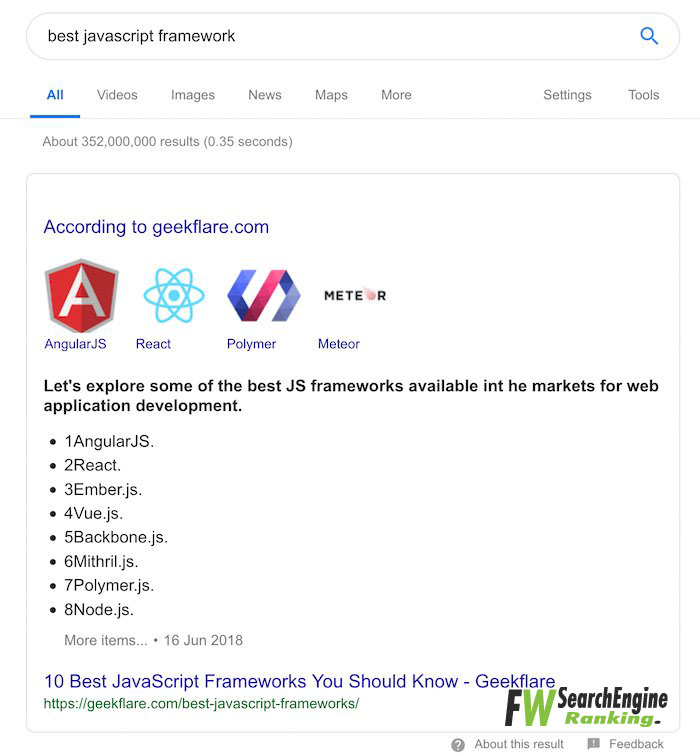
Featured Snippets and outstanding responses have existed for some time. The idea is simple. Google verifies the structure of your content and automatically creates a featured snippet that can describe all headings and subtitles. The image above is an example of Featured Snippets in the work.
And instead of thinking that you have to be lucky enough to excel, it will be much better to make the effort necessary to make your article friendly with snippets and responses.
What are Featured Answers?

Google’s featured answer is increasingly present on search engine results pages. So much so that when you search using a mobile device, you quickly forget that you have a Google experience. The way it works now is that, after seeing an answer, two more answers are added. And the list continues to grow.
But the question is, how do you stand out in the Google Answer snippets?
And the solution is quite easy; You should write in a way that looks like an answer instead of using sales jargon.
In addition, one of Google’s methods to verify the structure is to analyze the Headings, Sub-Headings, and highlighted paragraphs. This indicates, for search engines, that content is of vital importance within a given context.
You can use a tool like SEMrush to control whether your content appears in the answer snippets.
#2. Long-Tail Keywords
Ideally, all pages of your site are created based on the idea of a specific keyword. That said, most companies point to dry-headed keywords, many popular phrases with high search volume, but low click-through rates in real-world examples.
Also, ranking high-volume keywords are difficult, and most of the time, the traffic you receive in return is reduced without much sales potential.
Then, enter the world of long-tail Keyword SEO.
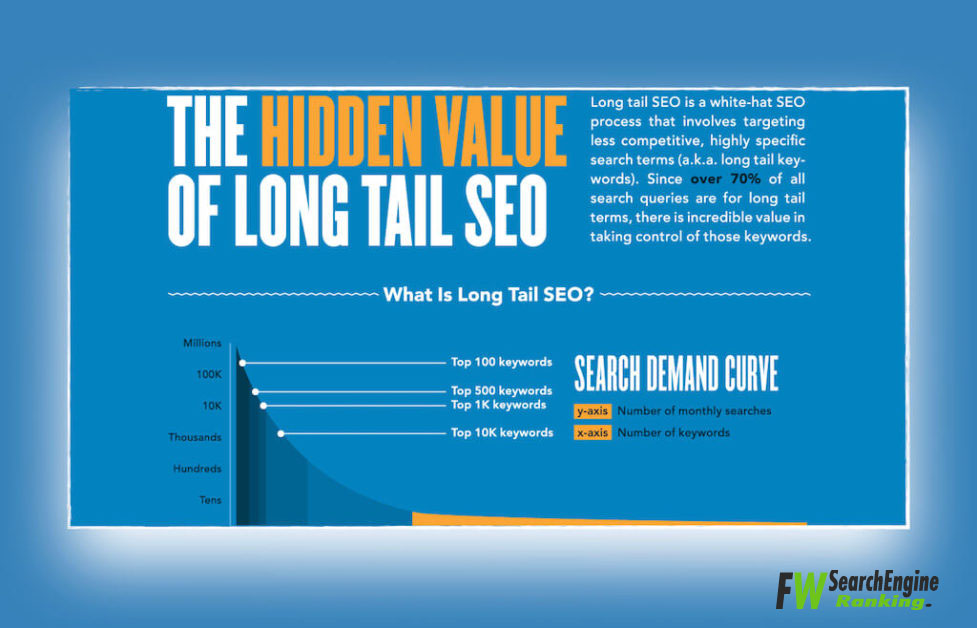
The goal of long-tail SEO is to provide answers to questions that go beyond the basic keyword selection.
As an example, if your company is engaged in “yoga accessories”, how can you expand that key phrase to include more details and information?
Can “accessories” help with anything more than improving posture flexibility? Have you ever had people who reported a specific use case in which the support helped improve their well-being?
These are real examples of how to improve your copy with concise long-tail keywords. And if you’re having trouble finding additional long-tail keywords, Google autocomplete is always a great place to start.
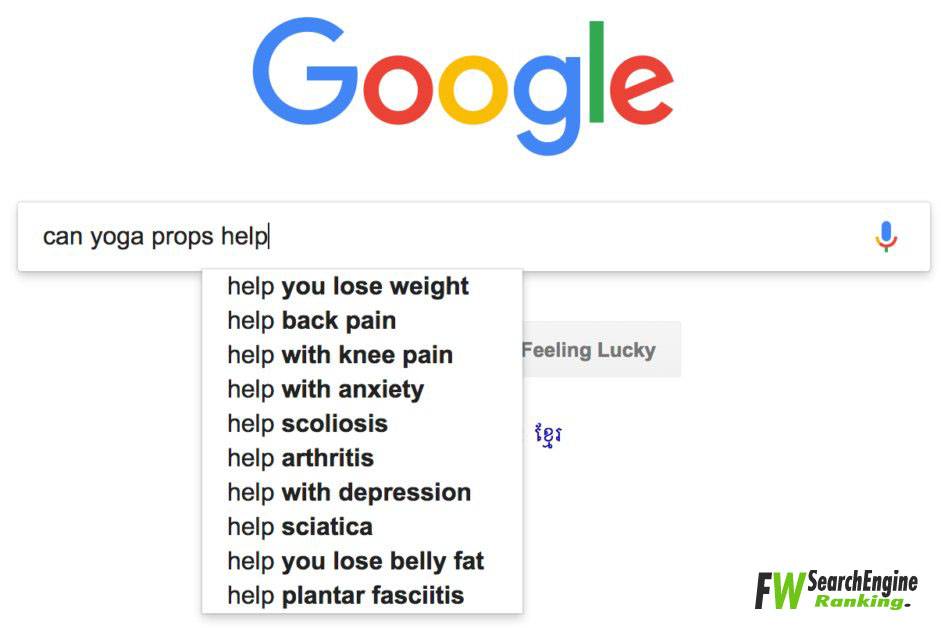
Once you start seeing potential opportunities for long-tail keywords, start adding them to your posts. Create additional content, or create a completely new post, based on your findings. Structure additional pieces of content to provide detailed answers and clarity.
And, speaking in-depth, this brings us to the next chapter on how to become a better SEO copywriter. Or, at least, someone who doesn’t write just to please an algorithm.
#3: Being Informative Is Not Enough
You have seen it. It’s everywhere The basic copy and paste lists, which are solid, are absolutely horrible to see and almost never fulfill the promise of value.
In most cases, there is nothing wrong with being informative. At least you keep your content efforts alive. And as you write, there should be no problem.
But, the copywriting for SEO purposes is not just informative.
In a sense, good copywriters are true warriors in the world of SEO. Write extended posts and articles, always trying to include the best and most recent research available. Always trying to provide enough content so that readers don’t have to click on another website.
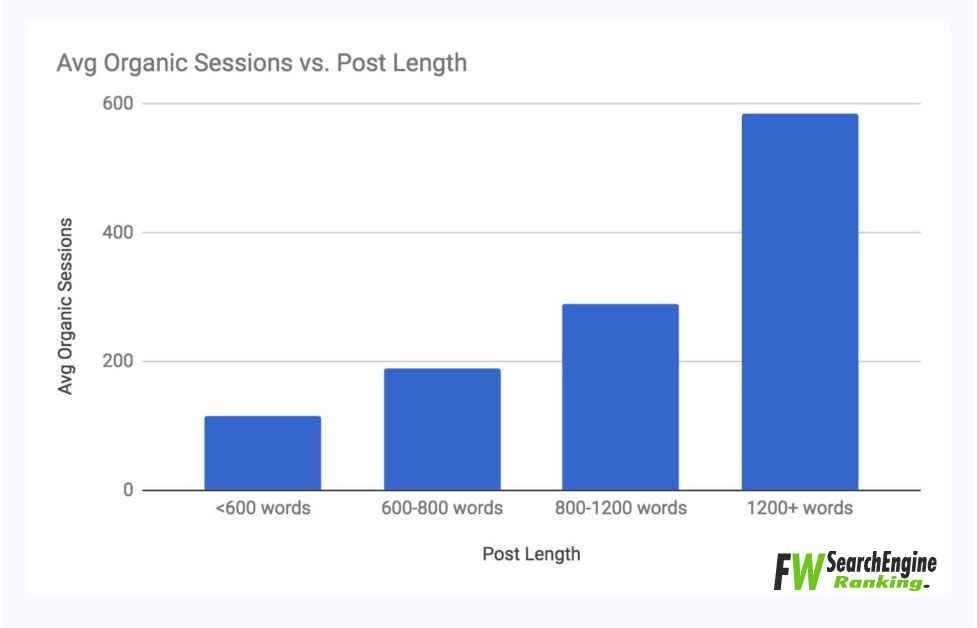
In the last four years, the average length of a blog post has gone from 800, 1,000 to 1,200 words.
It is clear that long-form content drives traffic and generates more leads. However, 10x content is not exclusively about creating long articles. Don’t go gung-ho on publishing LONG articles on every subject you write. Your goal is providing an incredible experience to your audience and serving your audience’s intent.
Chintan Zalani
And this has to do mainly with the fact that readers want to find all the answers in a single post. As the previous graph shows, longer article receives many more organic traffic than a post with less than 600 words.
The main argument: write longer pieces with better intention. Immerse yourself in the topic and format the content accordingly.
#4: Keep Readers Engaged For Longer
Google insists on using the time spent on a page as a ranking factor. And honestly, it makes sense.
Do you prefer your content to have a high rating because it is structured very well to offer great value?
While SEO, as a practice, will continue to exist in the coming decades, only SEO cannot make users stay on its pages.
Fortunately, there are some ways to ensure that users stay for longer periods.
- Infographic: An infographic is a combination of visual research, combined in a presentation that is pleasing to the eye. Looking at an infographic you can easily add 10 to 30 seconds of the total time of one page per user.
- Quotes: Don’t be afraid to quote someone else’s work. It combines personal experience with that of other people working in the same field.
- Lists: Adding a list to your content make it scannable. In addition, a list does a visual presentation job much better than if you were writing individual sentences.
- Callouts: A callout is added when you want to highlight important information. The most up-to-date content publishing platforms today provide the means to create responsive highlighting boxes.
- Audio. There are many services available that can convert an article to an audio format. If the average duration of a post is 5 minutes, imagine what you can do for user participation rates if your readers start listening to your posts more frequently.
Above all, sincere and high-quality content promotes greater participation on its own.
Conclusion
Copyright is moving in a good direction for 2020. Google is getting smarter by rewarding great content, and readers are becoming more generous by sharing content that helps with their problems.
As an editor, your goal is to maintain consistency and continue analyzing the results of all the posts you write. That said, let us know your opinion about SEO copyright. I would like to know what methods you are using this year to maximize the exposure and participation of your content.

1 Comment
February 21, 2020
thanks So much.